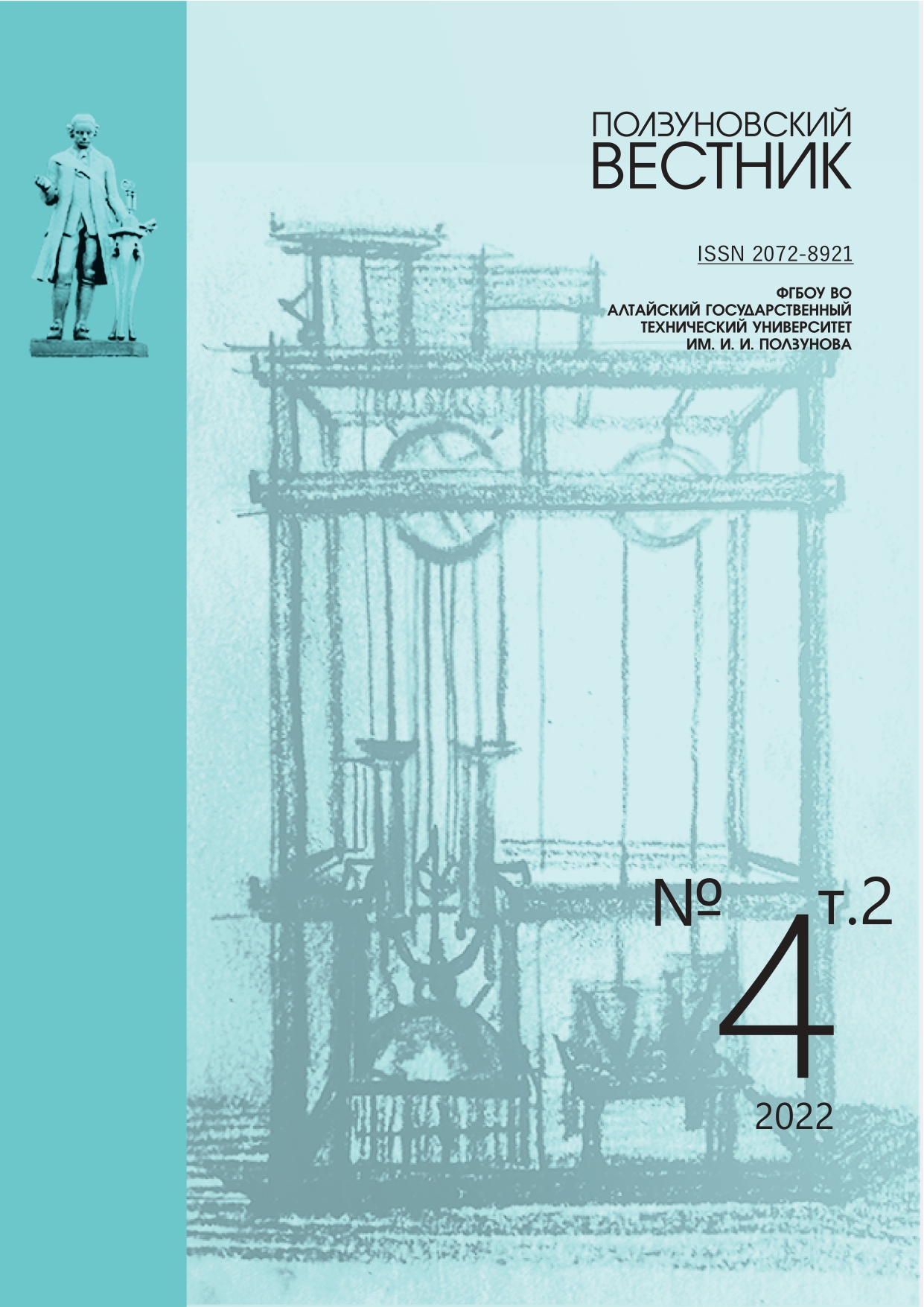EFFECT OF THE COMPONENT COMPOSITION ON THE IMPACT STRENGTH OF THE CURED POLYMATRIC BINDER
NIYNWI
DOI:
https://doi.org/10.25712/ASTU.2072-8921.2022.4.2.023Keywords:
epoxy-diane resin, isomethyltetrahydrophthalic anhydride, tert-butyl peroxybenzoate, polyester resin, polymatric material, polymer, impact strength, Sharpie methodAbstract
The design of products made of polymer composite materials involves constant work on optimizing the component composition, leading to a reduction in the cost of manufacturing PCM while maintaining or improving operational characteristics.
The epoxy-diane binder used in the production of products is an expensive component. In order to reduce the cost of the finished product, the authors proposed to develop a polymatric material by replacing part of the epoxy-diane binder with polyester.
Reducing the cost of the material, expanding the list of useful properties, reducing density, increasing strength characteristics – this is not a complete list of positive moments when creating a hybrid (polymatric) material, including when creating polymatric structures. The authors of this article analyzed poly-matrix structures based on epoxy-diane and polyester binders. A polymatric material based on EDI (on an anhydride hardener) with a polyester resin was selected as the object of the study, tert-butyl peroxybenzoate was used as a hardener to which.
As an indicator of evaluating the effectiveness of the polymatric binder, the impact strength was chosen as the most sensitive characteristic to structural changes at the level of the chemical mesh and the degree of curing.
The analysis of experimental data made it possible to derive a correlation equation that allows theoretically calculating the final result for the impact strength of a polymatric material, taking into account the volume fraction of the substituent – polyester resin. Based on the results of the study, recommendations on the use of this dependence are given. The article summarizes the authors' experience and requires further study.
References
Наномодифицированное эпоксидное связующее для композиционных материалов: пат.2584013 Рос. Федерация № 2014153347/05; заявл. 29.12.2014; опубл. 20.05.2016, Бюл. № 14. – 7 с.
ГОСТ Р 56211-2014. Смолы эпоксидно-диановые неотвержденные. Технические условия : утвержден и введен в действие приказом Федерального агентства по техническому регулированию и метрологии от 11 ноября 2014 г. № 1500-ст : дата введения 2016-01-01. –Москва : Изд-во Стандартинформ, 2015. – 14 с.
Эпоксидное связующее для стеклопластиков: пат. 2270213Рос. Федерация № 2004138515/04; заявл. 28.12.2004;опубл. 20.02.2006, Бюл № 5. – 5 с.
ГОСТ Р 25523-82 Отвердители ангидридные для эпоксидных смол. Методы определения общего кислотного числа, кислотного числа кисло-ты и их соотношения от 26 ноября 1982 № 4467 : дата введения 1984-01-01. –Москва : ИПК Издательство стандартов, 2004. – 6 с.
ГОСТ Р 4647-2015 Пластмассы. Метод определения ударной вязкости по Шарпи от 12 ноября 2015 г. № 85-П : дата введения 2017-01-01. –Москва :Изд-во Стандартинформ, 2016. –25 с.
Бердыченко, А.А. Методические указания к практическим занятиям по курсу «Материаловедение и технология современных и перспективных материалов» ; АлтГТУ им. И.И. Ползунова.–Барнаул:АлтГТУ, 2015. – 76 с.
ГОСТ Р 6507-90 Микрометры. Технические условия от 25 января 1990 г. № 86 : дата введения 1991-01-01. –Москва : Издательство Стандартов, 1990. – 12 с.
Downloads
Published
How to Cite
Issue
Section
License
Copyright (c) 2022 Snezhana A. Khaperskikh, Elena S. Anan’eva

This work is licensed under a Creative Commons Attribution 4.0 International License.















 .
. This work is licensed under a
This work is licensed under a 
